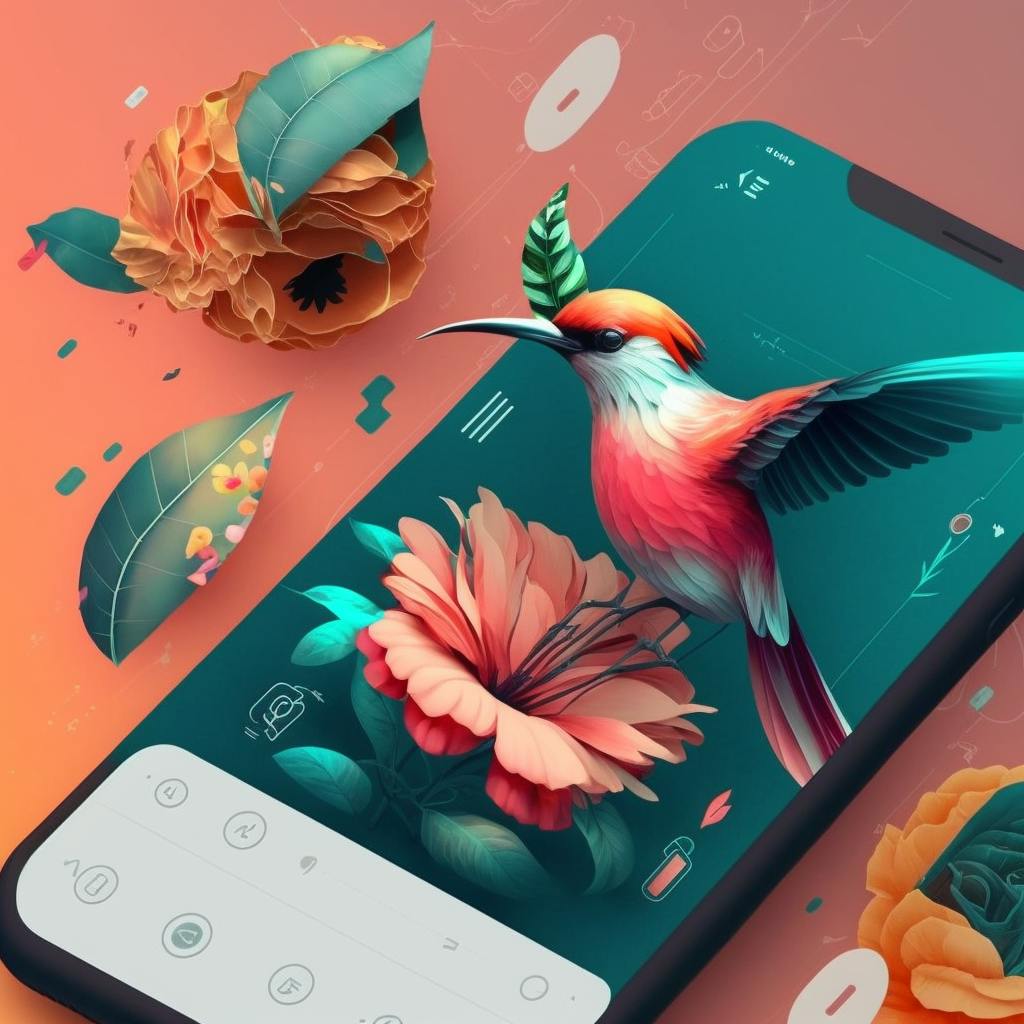"Animations are like spices – a little goes a long way. Too much and you'll end up with a jumbled mess, but just the right amount can take your app from bland to grand."

Are you tired of boring, static apps that lack any sense of flair or finesse? Want to make your Flutter apps stand out with smooth, eye-catching animations? Look no further – this tutorial is here to help you take your animation skills to the next level.
But wait, you might be thinking – "animation is hard and confusing, and I'm just a beginner". Fear not, dear reader – we'll be going over the basics and providing plenty of examples and explanations to make sure you understand every concept. Plus, we'll be sharing some tips and best practices for creating animations that are both powerful and efficient, to help you avoid common pitfalls and make the most of your app's performance.
So whether you're a seasoned Flutter pro or just starting out, read on and let's get animating!
The basics of Flutter animation
At its core, animation in Flutter is all about changing the properties of widgets over time. For example, you might want to animate the position of a widget from one location to another or change its colour from red to blue.
To create an animation in Flutter, you'll need to use an Animation object and a AnimationController. The Animation the object represents the actual animation and holds the current value of the animation, while the AnimationController controls the animation and determines when it starts and stops.
Here's an example of how to create a simple "fade-in" animation using an Animation and an AnimationController:
import 'package:flutter/material.dart';
class FadeInAnimation extends StatefulWidget {
const FadeInAnimation({super.key});
@override
State<FadeInAnimation> createState() => _FadeInAnimationState();
}
class _FadeInAnimationState extends State<FadeInAnimation>
with SingleTickerProviderStateMixin {
AnimationController? _controller;
Animation<double>? _animation;
@override
void initState() {
super.initState();
_controller = AnimationController(
vsync: this,
duration: const Duration(seconds: 2),
);
_animation = Tween<double>(begin: 0, end: 1).animate(_controller!);
}
@override
void dispose() {
_controller!.dispose();
super.dispose();
}
@override
Widget build(BuildContext context) {
return FadeTransition(
opacity: _animation!,
child: const Text('Hello World!'),
);
}
}
In this example, we've created an AnimationController with a duration of 2 seconds, and an Animation that goes from a value of 0 to 1 throughout the AnimationController. We've also used a FadeTransition widget to apply the animation to a Text widget – when the animation starts, the text will gradually fade in over 2 seconds.
Tips and best practices for efficient animation
Now that you know the basics of Flutter animation, let's talk about how to make your animations as efficient and performant as possible. Here are a few tips to keep in mind:
Use built-in Flutter animation widgets whenever possible. Flutter provides a wide range of animation widgets, such as
AnimatedContainer.Avoid animating too many widgets at once. Animating a large number of widgets can put a strain on the performance of your app, especially if the animations are complex or require a lot of CPU resources. Instead, try to focus on animating a few key widgets that will have the biggest impact on the user experience.
Use
IntervalandCurveobjects to fine-tune your animations.Intervalallows you to specify the portion of the animation duration that a certain value should be reached, whileCurveallows you to customize the way the animation progresses over time. For example, you can use anIntervalto make an animation start slow and then speed up, or use aCurveto make an animation start fast and then slow down.Use
AnimationBuilderinstead ofsetStateto update the UI during an animation.AnimationBuilderis more efficient thansetStatebecause it only rebuilds the parts of the widget tree that are affected by the animation, rather than rebuilding the entire tree. This can help improve the performance of your app and make your animations smoother.Consider using a
SingleTickerProviderStateMixinwhen creating anAnimationController. ASingleTickerProviderStateMixinensures that there is only oneAnimationControllerticker perBuildContext, which can help reduce the number of resources used by your animations.Test your animations on different devices and performance profiles. Not all devices and performance profiles are created equal, so it's important to test your animations on a variety of hardware to make sure they are smooth and performant.
Wrapping up
We hope this tutorial has given you a solid foundation for creating powerful and efficient animations in Flutter. Whether you're just starting with Flutter or are a seasoned pro, we hope you'll use these tips and best practices to take your animation skills to the next level and create user experiences that are not only beautiful but also smooth and engaging.
Happy animating!
